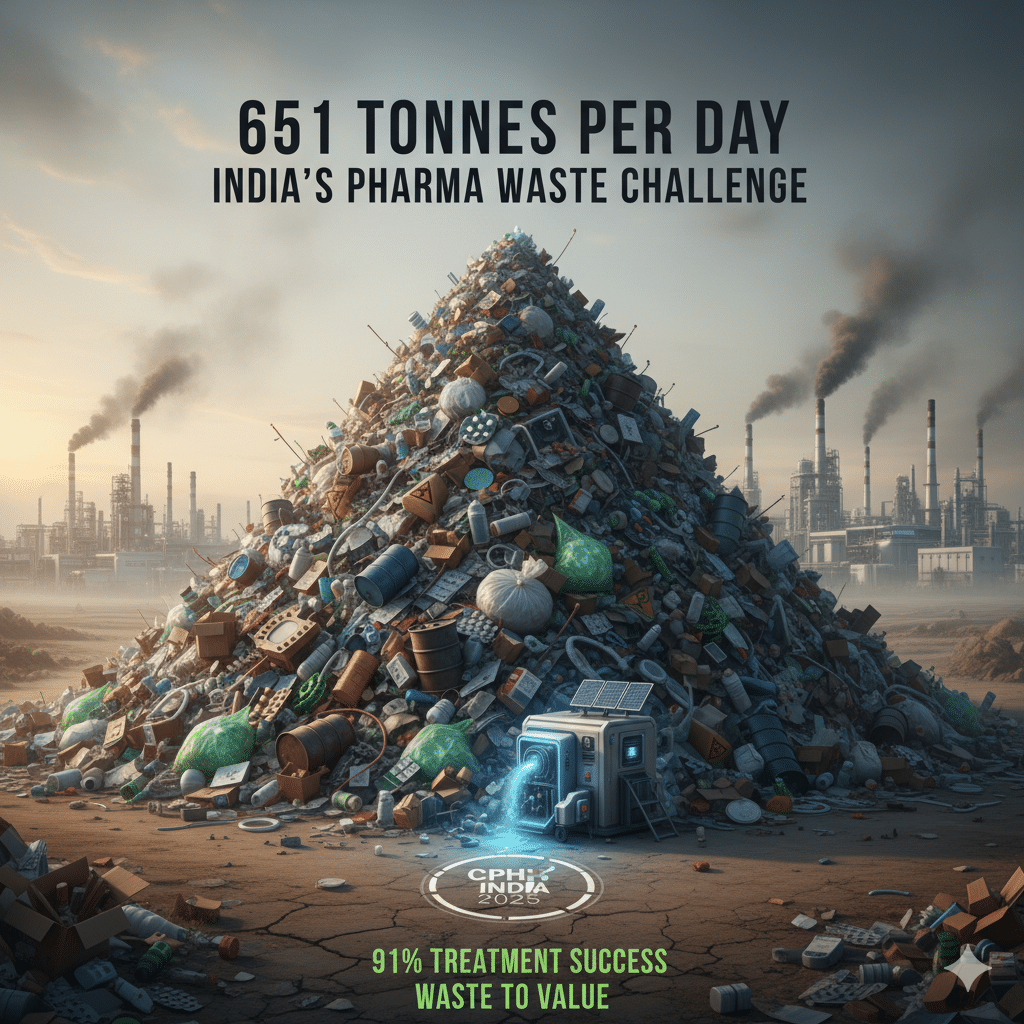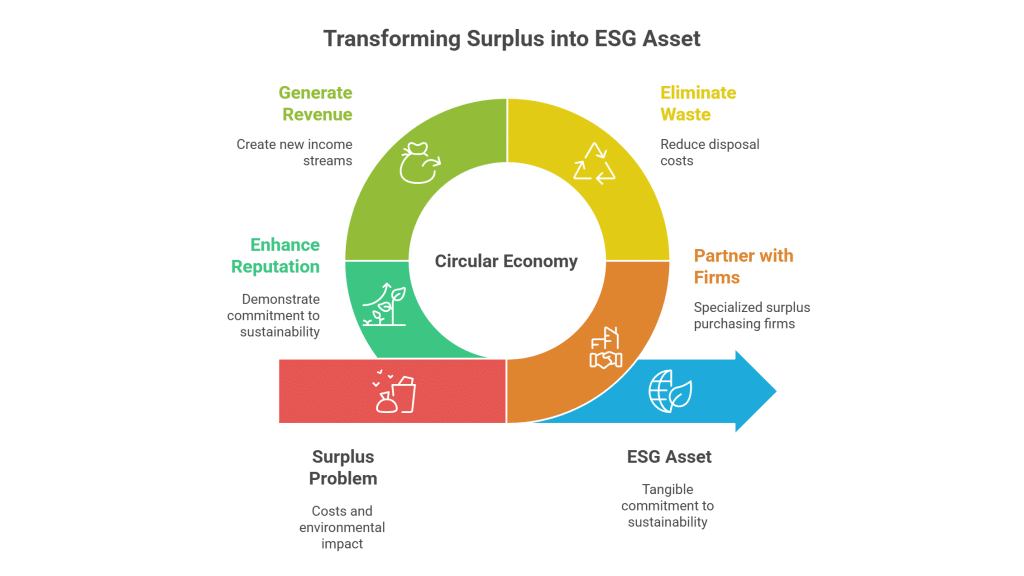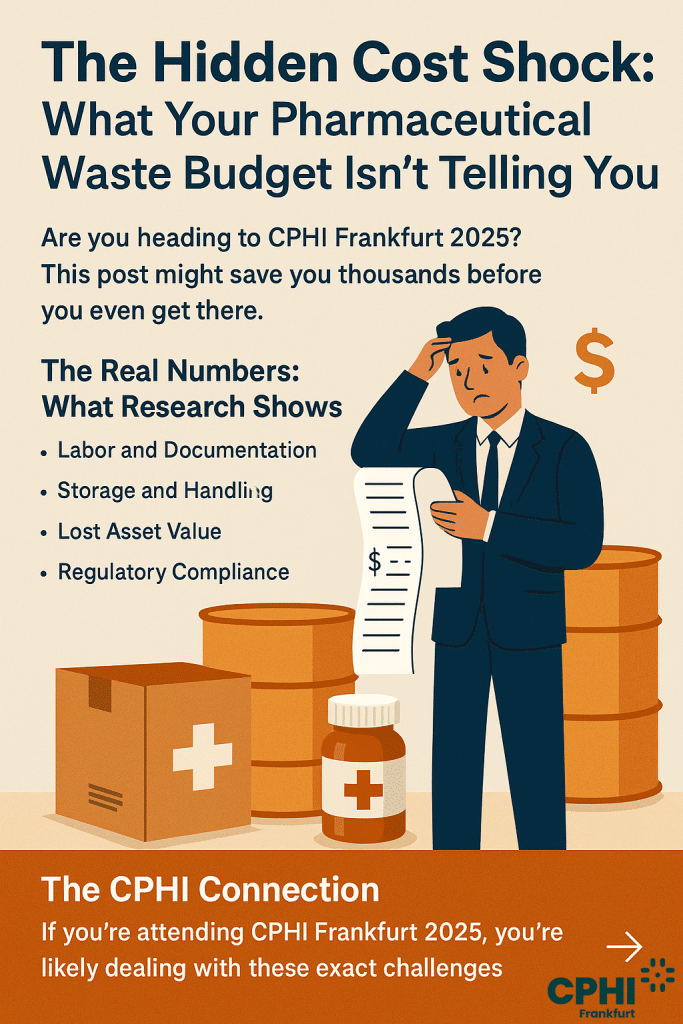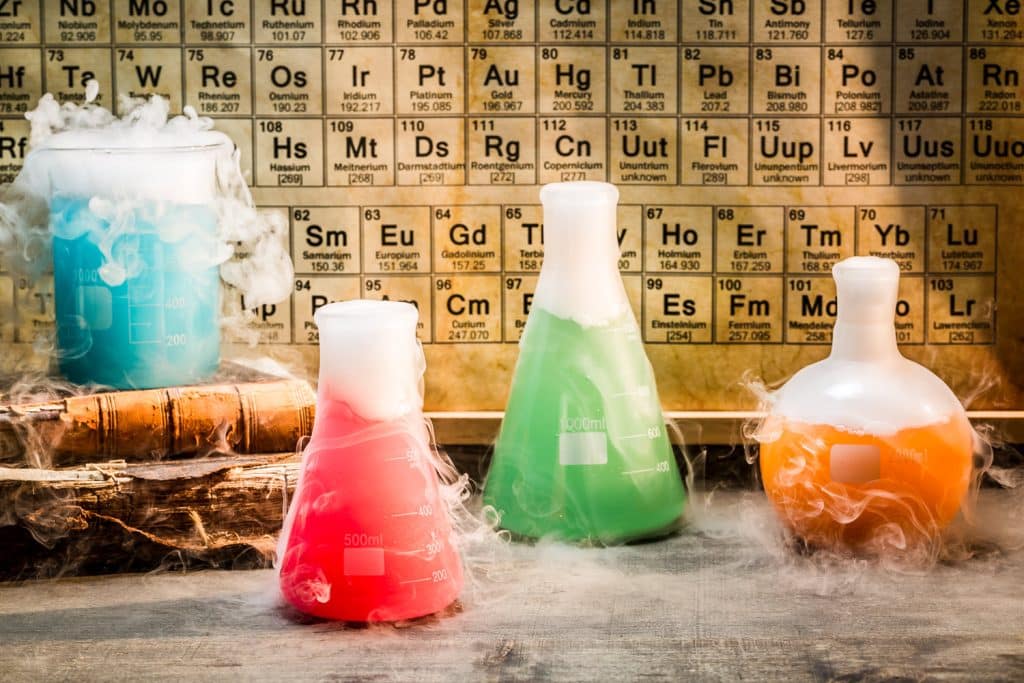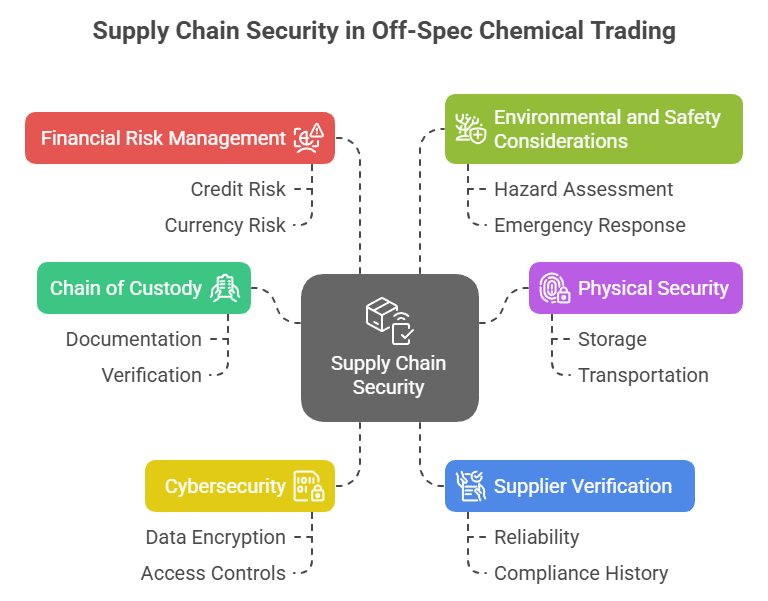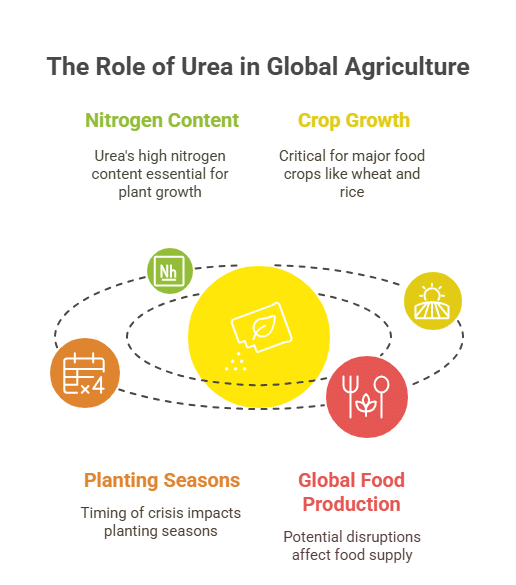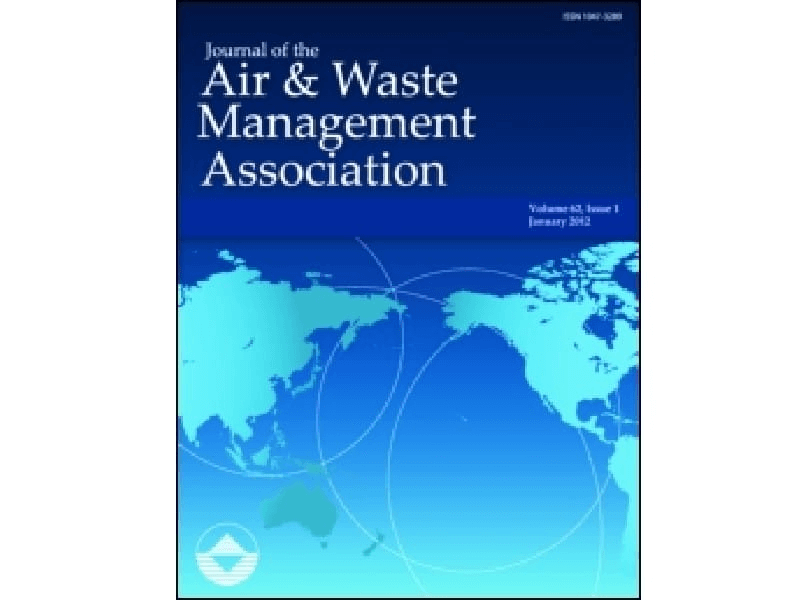Harnessing the Value of Surplus Monoammonium Phosphate in Agriculture & Industrial Sectors
Monoammonium Phosphate Surplus Trading: Enhance Agriculture & Industrial Efficiency
Monoammonium Phosphate in Agriculture & Industrial Applications
Table of Contents
Transforming Surplus MAP into Agricultural Profit: A Real-World Success Story
A prominent agricultural cooperative in the heartland faced a recurring challenge with surplus Monoammonium Phosphate due to seasonal over-purchasing. Instead of allowing excess inventory to become a costly liability, they teamed up with a chemical trading platform to sell off their surplus stock. This move not only helped them recover significant capital but also freed up valuable storage space, reducing overall overhead costs. The cooperative reinvested these funds into modernizing its fertilizer application technology, leading to improved crop yields and a more efficient production process. This success story underscores how proactive surplus management can drive profitability and sustainability in today’s competitive agricultural market.



